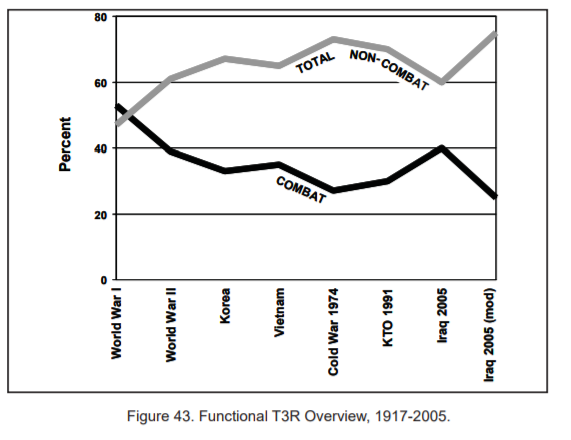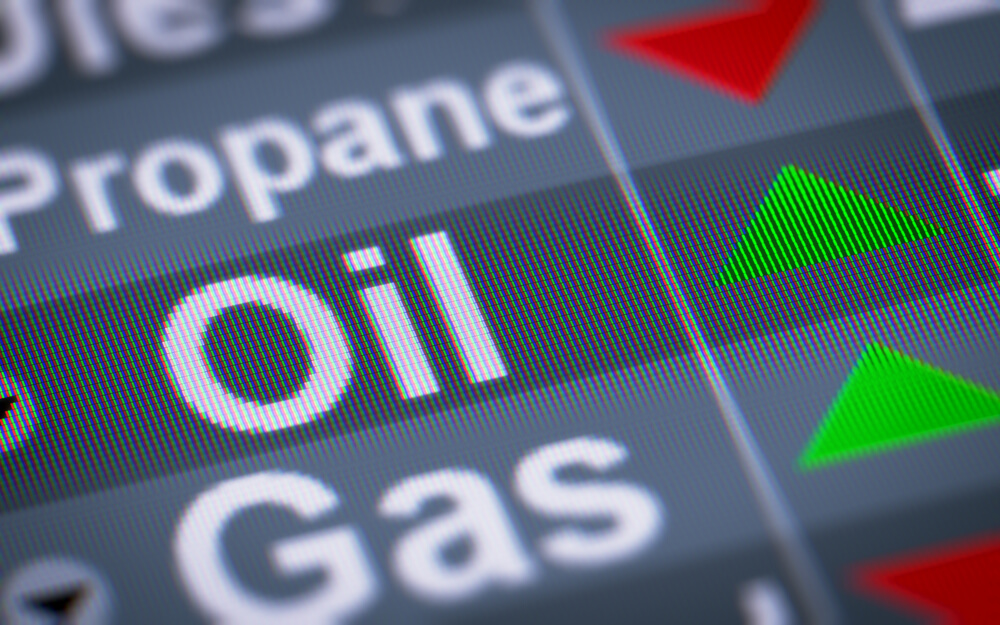President Joe Biden plans to raise gas prices. That’s not exactly what he said this week, but his Afghanistan withdrawal will lead to higher gas prices.
Biden is withdrawing from the country by September 11, and other countries with troops in Afghanistan are expected to follow a similar timeline.
That means there will be an increased flow of personnel and supplies in and out of the theater of operations.
This decision reaches far beyond the military. Napoleon probably never said: “An army marches on its stomach,” but he gets credit for that insight. But it’s only part of the story.
In the 21st century, an army needs more than food and ammunition. Modern armies need vast amounts of oil to move.
Even in peacetime, armies need oil. The Department of Defense spent nearly $10 billion buying more than 90 million barrels of petroleum last year. Bringing troops home from Afghanistan means those amounts will increase next year.
Redeploying personnel requires using large cargo planes. These are long flights that require in-flight refueling. That means using even more fuel.
Ships will transport vehicles and other large equipment. Trucks will transport supplies and people to remote locations in the country.
Initial reports tell us about 2,500 combat troops in the country. There are another 7,500 forces from NATO allies. That sounds small. But, each warfighter needs additional support.
This includes cooks and medics like armies have always needed. In the modern army, it includes personnel to fix advanced electronics equipment and network engineers to ensure connectivity in mountain passes.
The U.S. Army estimates about 75% of personnel support combat troops.
Army Combat to Noncombat Personnel

Source: U.S. Army.
Afghanistan Withdrawal Will Increase Gas Prices
For 2,500 combat troops, the Army might move 7,500 additional personnel in the same theater. The Air Force and Navy need even more troops to support the operation.
Each person in a combat theater needs food and other supplies. This is all flown in and trucked to remote locations.
One study found that it takes about 16 gallons of fuel per day to support one combat troop. In World War II, the U.S. consumed about a gallon of fuel per soldier per day.
This explains why, in the past, military operations coincided with uptrends in the price of oil.
This time is probably no different. Moving thousands of troops will require more oil.
Biden’s Afghanistan withdrawal will increase oil demand. It won’t be long before we see the result of this decision at the gas pump.
Is this stupid … or brilliant?
I found a way to trade the markets making the same trade every week.
We do this because any given week, this trade can knock it out of the freaking park.
I recommended 59 of these trades last year. We saw five trades go up 100% or more — each in a week or less.
And a total of 18 went up 50% or more — in an average of two days each.
All told, someone could have doubled every dollar they invested last year trading this way.
I want to give you the same chance.
P.S. I’ve been telling my readers that someone could double their money in a year with this. By the end of 2020, I proved that to be true. My “One Trade” strategy has never had a losing year across 12 years of back testing. And last year’s live results were even better. Click here to see how it all works.
Michael Carr is a Chartered Market Technician for Banyan Hill Publishing and the Editor of One Trade, Peak Velocity Trader and Precision Profits. He teaches technical analysis and quantitative technical analysis at the New York Institute of Finance. Mr. Carr is also the former editor of the CMT Association newsletter, Technically Speaking.
Follow him on Twitter @MichaelCarrGuru.





